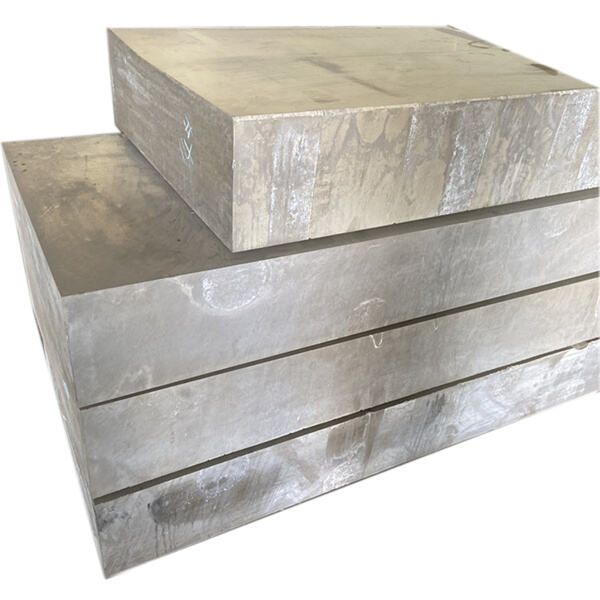If you want a strong and practical building block for things, get crushing on some magnesium alloy metal. These are lightweight, very strong sheets of metal, made from magnesium (and something else). In today’s post, we’re going to take a look at just what makes magnesium alloy sheets a prime choice for a wide range of industries and how it’s able to keep rust at bay.
Magnesium alloy sheet has lot of advantages for manufacturers. For starters, they are very light, which is a big selling point when weight is a concern. They’re super lightweight, yet these sheets are extremely durable and can withstand years of wear and tear. This also makes them ideal for aerospace, automotive and electronics applications.
Another great thing about az31b magnesium alloys is that they’re easy to work with. This makes it possible to cut, bend, and form them into different shapes without compromising their strength. This makes it easier for manufacturers to produce a variety of parts.
Magnesium alloy plates are also excellent at heat transfer speed. That makes them valuable in places where heat must be controlled, such as in electronics or automobile components. They are nonmagnetic, and can shield against electromagnetic interference, so they are good for sensitive electronics.

In aerospace, magnesium alloy sheeting is mostly used for parts that require light weight in an airplane or a spacecraft. In the automotive industry, they are used to create body panels, engine parts and dozens of other strong, light components. In electronics, they are used to create heat sinks and protective parts.

To address this problem, manufacturers typically coat sheets of magnesium alloy with protective materials, such as paint, to prevent rusting. These coatings form a defensive wall from moisture. Occasionally, magnesium alloy sheets are compounded with other metals such as aluminum or zinc to guard against rust.

Magnesium alloy sheets are used extensively in the automobile industry. They’re ideal for creating lightweight parts that can help upgrade a car’s performance and fuel economy. For instance, engine blocks, transmission cases and wheels are commonly made from such sheets, because having them both light and strong is beneficial.